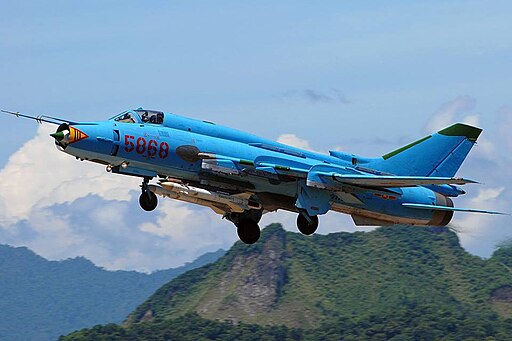As Vietnam gears up to select its next-generation fighter jet, Ian Storey, a Senior Fellow at ISEAS – Yusof Ishak Institute, suggests the decision carries more than just military implications. In a recent Fulcrum.sg analysis, Dr. Storey highlights the strategic balancing act Vietnam faces as it weighs options from both Russia and the US.

Hoangprs5, CC BY-SA 4.0, via Wikimedia Commons
Traditionally, Vietnam has relied on Russia for its defense needs, exemplified by the recent acquisition of Yak-130 trainers. However, the US lifting its ban on offensive weapons sales opens doors for American fighter jets like the F-16.
Dr. Storey argues that Vietnam’s choice goes beyond mere cost and capabilities. He emphasizes the geopolitical ramifications. Opting for Russian jets strengthens ties with a long-standing partner but risks straining relations with the U.S., a growing strategic ally in the region. Choosing American jets, conversely, aligns with the U.S. pivot to Asia but could raise concerns with Russia and potentially impact regional power dynamics.
While Dr. Storey acknowledges Vietnam’s interest in US jets, he stresses the absence of a final decision. He notes that both Russia and the U.S. actively pursue the lucrative contract, each offering their own advantages. Ultimately, Vietnam must navigate a complex geopolitical landscape, balancing its security needs with the broader strategic implications of its fighter jet choice.
For more information, hit the Source below
In 1950, five years after Japan surrendered, the United States gave Japan F-86As to protect itself from Russian Mig-15s.
In 2024, the United States is contemplating the sale of F-16s which would be 49 years after North Vietnam seized South Vietnam in 1975. Yes, Vietnam can only afford by to buy used F-16s.
Vietnam would need P-8s subsidized by the United States.